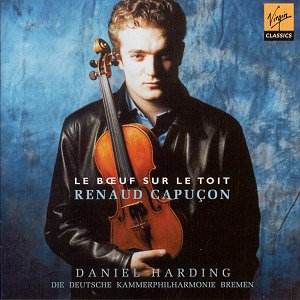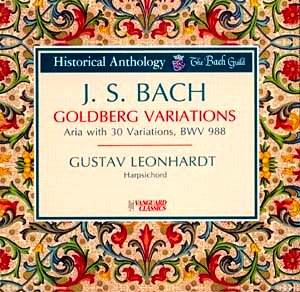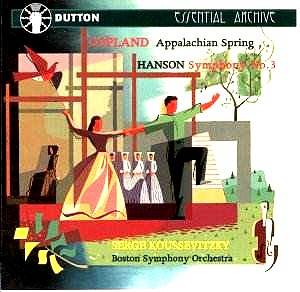 Composer: Wolfgang Amadeus Mozart
Composer: Wolfgang Amadeus Mozart
Works: Piano Concerto No. 1 in F K.337, Piano Concerto No. 5 in D K.175, Piano Concerto No. 18 in B♭ K.456
Performers: Sviatoslav Richter (piano), Japan Shinsei Symphony Orchestra, Rudolf Barshai (conductor)
Recording: Suntory Hall, Tokyo, Japan, 3 March 1993
Label: Laurel Records LR-902
Sviatoslav Richter’s interpretations of Mozart, particularly the three concertos presented in this recording, serve as a compelling reminder of the pianist’s unique artistry and interpretative depth. Although Mozart’s works are often associated with lighter textures and playful elegance, Richter imbues these early concertos with a profound sense of character and emotional nuance. The historical context of these concertos is significant; they span a developmental arc across Mozart’s youth and maturity, with K.337 dating from his early adulthood and the others reflecting his prodigious talent as a child and a young man. This recording, labeled as “The Last Concert,” paradoxically represents a culmination of Richter’s long relationship with the canon of Western classical music rather than a final farewell.
Richter’s performance is marked by a clean, incisive touch that brings out the intricate counterpoint and buoyant melodies characteristic of Mozart’s style. In the opening movement of K.337, the playful interplay between the piano and orchestra is executed with a crispness that allows the orchestration—especially the delightful contributions from the horns and woodwinds of the Japan Shinsei Symphony Orchestra—to shine. The orchestral accompaniment, under Rudolf Barshai’s direction, provides a robust yet flexible foundation, allowing Richter’s interpretations to breathe without feeling overly restrained. The second movement, with its lyrical cadences, showcases Richter’s ability to infuse emotional weight into even the most innocuous phrases, transforming what might otherwise be mere embellishments into statements of profound musical import.
The sound engineering of the recording merits attention; while the overall balance leans slightly towards a bright and resonant quality, this does not detract from the clarity of Richter’s articulation. The piano’s tone is vibrant, capturing the nuances of touch that Richter employs, while the orchestral textures are well-defined. However, a notable absence in the finale of K.175 is the cadenza, which leaves a palpable gap in the listener’s experience. Despite this, the performances hold revelatory qualities, revealing insights into Mozart’s early compositional voice that are sometimes overlooked in more conventional interpretations.
Richter’s relationship with Mozart’s music is both unusual and enlightening, as his interpretations diverge from the more typical romanticized readings often favored in the performance of these works. Comparing this recording to those by other distinguished pianists, such as Emil Gilels or Alfred Brendel, one finds that Richter’s approach is more introspective, focusing on the subtleties of Mozart’s phrasing and harmonic intricacies rather than the grand gestures that can overshadow the delicate balance of his music. Listening to Richter, one is reminded of the composer’s youthful exuberance and genius, which he articulates with a blend of technical brilliance and emotional sensitivity.
Richter’s legacy as a deeply sensitive artist with an unparalleled sound remains intact through this recording. “The Last Concert” encapsulates the essence of his artistry while providing a fresh perspective on Mozart’s music, making it an essential listen for both aficionados and newcomers alike. The unique interplay of Richter’s lyrical interpretation and Barshai’s orchestral support results in a compelling listening experience that reaffirms the pianist’s place among the great interpreters of the classical canon.



